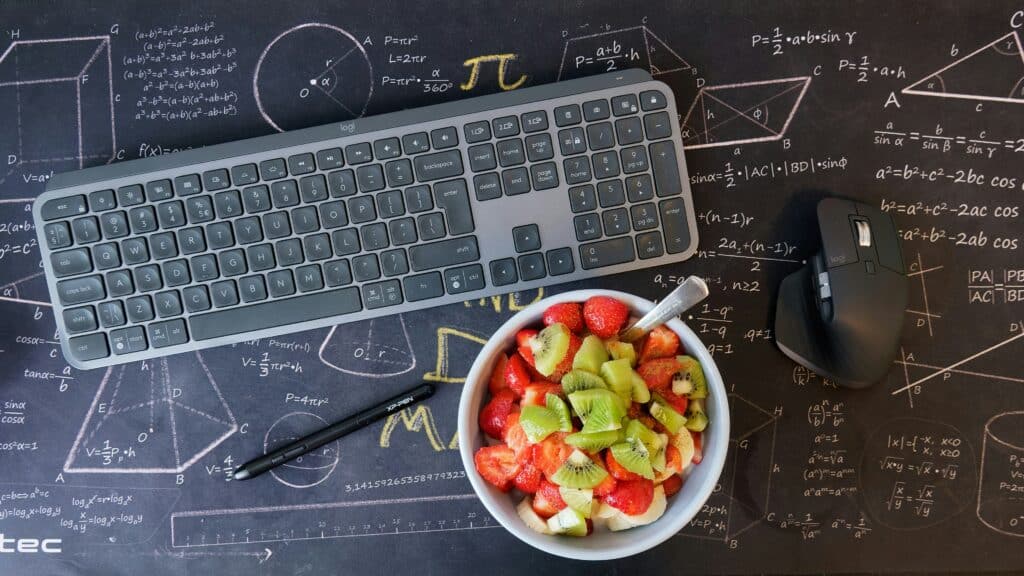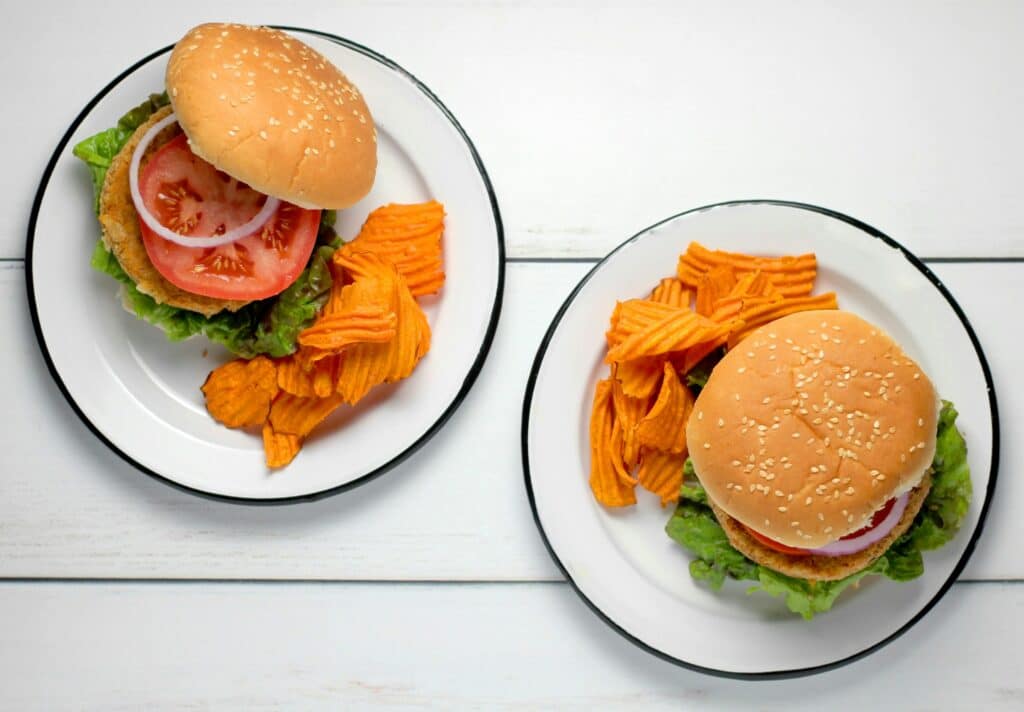
While focusing on hitting the gym to achieve their weight goals, many forget about one crucial factor – the interplay between active calories vs total calories. This concept isn’t as complex as it sounds.
Still, it’s fundamental to your journey toward a healthier lifestyle. So, let’s dive in and explore the basics of active calories vs total calories and how they impact your weight loss efforts.
Table of Contents
Active calories vs total calories: What are active calories?
Active or burned calories are the energy your body uses during physical activities and exercise.
These calories are a key part of the energy balance in your daily life. Understanding them will help you create an effective weight loss plan.
When you walk, jog, cycle, swim, or do any physical activity, your body uses its energy reserves to power these movements. This energy expenditure is what we call active calories.
Here are some crucial points to remember about active calories:
Exercise-induced energy expenditure
Active calories cover the energy you use during exercise. Those are activities like:
- cardio workouts;
- strength training;
- yoga;
- everyday tasks that require physical effort.
Impact on caloric balance
You need to create a caloric deficit to reach your weight loss goals. That means that you must burn more calories than you consume. Active calories are an excellent way to push you toward that goal. With increased energy expenditure, creating a calorie deficit will be much easier.
Types of active calories
Active calories can be divided into different levels of intensity, from low to high impact. For example, a slow walk will burn fewer active calories than running or high-intensity interval training (HIIT).
Duration matters
The length of your physical activities also affects the number of active calories you burn. Longer workouts or extended periods of movement result in more active calories burned.
Active calories vs total calories: What are total calories?

Total calories are the sum of calories consumed through the foods and beverages you ingest throughout the day. It’s crucial to understand this concept for a successful weight loss strategy. It considers the quantity of calories, their quality, and nutritional value.
Calories from Proteins
Proteins provide about four calories per gram. Their main job is to repair and build tissues. Hence, to maximize your muscle mass, you must intake enough protein to support that process. Focus on lean protein sources to manage your caloric intake, including:
- chicken,
- fish,
- eggs;
- beans,
- tofu.
Calories from carbohydrates
Carbohydrates, a key element in the active calories vs total calories equation, offer approximately four calories per gram. They are the primary energy source for your body, especially during high-intensity activities. They provide you with both energy and essential nutrients. Some of the best sources of complex carbs are:
- whole grains;
- fruits;
- vegetables;
- legumes.
Calories from fats
Fats are the densest source of calories, providing around nine per gram. People often think of fats as an unnecessary nutrient as they lead to weight gain. However, healthy fats are crucial for nutrient absorption, brain function, and overall health. Some examples of healthy fats you should moderately add to your diet are:
- avocados;
- nuts;
- seeds;
- olive oil.
Calories from beverages
Calories from beverages are another essential factor in the active calories vs total calories dynamic. They can significantly contribute to your daily calorie total without many nutritional benefits. Sugary drinks are calorie-dense and can quickly increase your daily total. Substitute them with low-calorie beverages like water and herbal tea. That strategy will help you manage your total calorie consumption within the context of active calories vs total calories.
The importance of quality
While monitoring your calorie count is essential for weight loss, the quality of the foods you consume is just as important. Nutrient-dense foods should be your main priority. These foods will satisfy your hunger and fuel your body to function optimally. Many find meal prepping for weight loss the ideal solution since it’s convenient and you can easily plan your meals for the week.
Balancing active calories vs total calories
In discussing active calories vs total calories, finding the right balance is like solving the puzzle for effective weight loss. This balance is very important for losing weight properly and healthily.
Losing weight is managing how many calories you eat compared to how many you burn. The calories you eat from your food (total calories) must be carefully looked after. You must match them with the calories you use when moving and exercising (active calories). Getting these two parts to work together is key to ensuring you take in fewer calories than you use, which you need for optimal weight loss.
Creating a calorie deficit
You create a calorie deficit when you use up more calories through your activities and daily life than you get from eating and drinking. This deficit is like a signal to your body that it needs to start using up stored energy, like the fat in your body, and that’s how you lose weight.
Tailoring your active calories
As we concluded, active calories are crucial in this weight loss puzzle. You’ll use more energy if you can increase how much you move and exercise. Hence, it’ll be easier to create a calorie deficit. Regular exercise (walking, lifting weights, and even doing things around the house) helps you use more active calories.
Smart control of total calories
At the same time, you must pay close attention to how many total calories you eat. It’s not just about how much you eat but also about the kind of food you choose. Try to eat foods with many good things for your body, like vitamins and minerals. This way, you get the nutrition you need while keeping your calorie intake in check.
Setting realistic goals
To balance active calories vs total calories, it’s important to set goals for losing weight that you can achieve. It’s a good idea to aim to lose about one to two pounds per week. That is a healthy and sustainable pace. Fast weight loss can be risky and hard to keep up with.
Keeping track of your progress
One way to know how you’re doing is to watch what you eat and how much you move. You can write down what you eat in a food diary and keep track of your exercise. It helps you stay responsible for your choices. Regularly checking your weight and measuring your body can also show you how you’re doing and whether you need to adjust your active calories vs total calories.
Final thoughts
It’s vital to balance the ratio between active calories vs total calories to maintain your health and manage your weight successfully. This balance is the key to reaching your weight goals while maintaining a sustainable lifestyle.
By keeping this balance in mind, you’re on the path to a healthier life where every step and every meal contributes to your well-being. Remember, it’s not just about the numbers; it’s about finding harmony between your actions and choices that lead to success.

